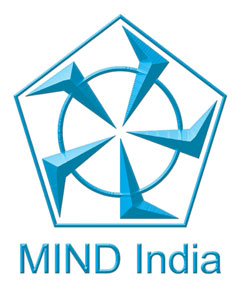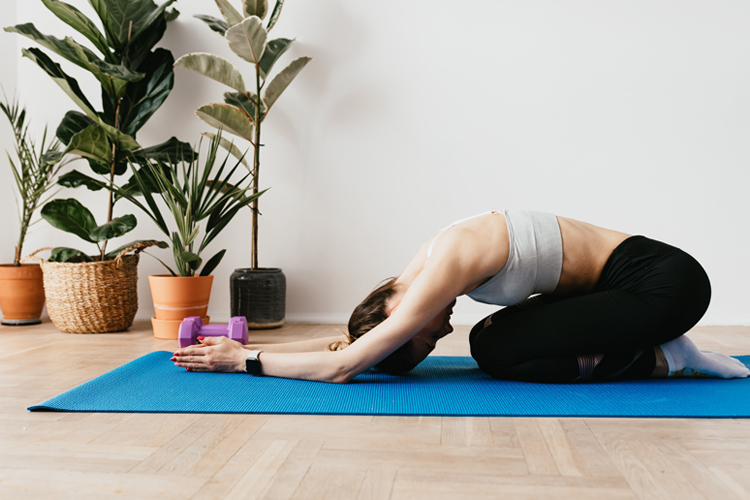Warm Up Excercise During COVID-19
Since the lockdown, with restricted movement in place, people may have concern about getting adequate exercise. The prospect of staying at home for any prolonged period of time can seem overwhelming and a little scary, especially if you’re someone who enjoys keeping fit and active. With social distancing, gym closures and lockdowns across major cities, exercising at home may be the last thing on your mind, or may even seem daunting- but staying active during this crazy time is more important than ever for our physical and mental health. And when you are cooped up working from home, it’s particularly important to stay moving. And it is important to do remember to warm up and stretch before the exercise.
Warm Up exercise is not simply a Physical process. The warm up is a critical period of time for mental preparation. It helps to prepare the body, but also encourages the performer to prepare mentally. When preparing for any kind of exercise, whether it’s a cardio workout, strength training, or a team sport, it’s important to take a few minutes to ease your muscles into exercise mode. Doing so can help you reap many fitness rewards. Warm up exercises can help get your body ready for more strenuous activity and make it easier to exercise.
- Important benefits of a warm up include: Increased flexibility ( Being more flexible can make it easier to move and exercise correctly), Lower risk of injury ( Warming up your muscles can help them relax which, in turn, can lead to less injury), Increased blood flow and oxygen ( Having more blood flow helps your muscles get the nourishment they need before launching into more intense work), Improved performance (Warmed up muscles can help you work out more effectively), Better range of motion ( Having greater range of motion can help you move your joints more fully), Less muscle tension and pain (Muscles that are warm and relaxed may help you move more easily and with less pain or stiffness)
- Dynamic & Static
Warm Up: Two types of Warm Up
exercise. Dynamic, is the warm up done at the start of your workout routine. It’s meant to prime
your body to work at a higher intensity. It can help build strength, mobility, and
coordination, which can all help improve your workout performance.
Static, Static stretching is most effective at the end of your workout. It consists of stretches that are held for a period of time to help lengthen and loosen your muscles and connective tissue. This is different from a dynamic warm up because you keep your body still. Static stretching can help increase your range of motion and flexibility. Some examples include: triceps, stretcheship, flexor stretches, lying hamstring stretch.
- Warm Up Exercises
- Squats: Squats are a versatile exercise that targets many of the muscles in your lower body, including your quads, hamstrings, and glutes.
- Planks: An excellent warm up for building core and back strength, as well as improving balance and posture.
- This exercise works your lower body and can help strengthen your legs, glutes, and hips. You can make the first few lunges easier by only going halfway down, and then progress to the full lunge.
- This classic exercise works your upper body, core, and glutes. To make it less challenging, you can do pushups on your knees
- This exercise involves several movements that can help loosen and warm up your triceps.
Impact on mental health:
- Mental health benefits of exercise: Exercise helps to bring positive impact in mental health. Exercise releases chemicals like endorphins and serotonin that improve your mood. It can also get you out in the world, help to reduce any feelings of loneliness and isolation, can low self-esteem, social withdrawal and put you in touch with other people.
- Exercise
and the mind: Exercise pumps blood to the brain, which can
help you to think more clearly. It increases the size of the hippocampus, the
part of the brain responsible for memory. It also increases the connections
between the nerve cells in the brain. This improves your memory and helps
protect your brain against injury and disease.
If you exercise regularly, it can reduce your stress and symptoms of mental health conditions like depression and anxiety, and help with recovery from mental health issues. It can also improve your sleep, can sharp your thinking, which is important in many different ways.
Regular exercise can have a profoundly positive improvement on people suffering from ADHD, Schizophrenia, PTSD and trauma.




